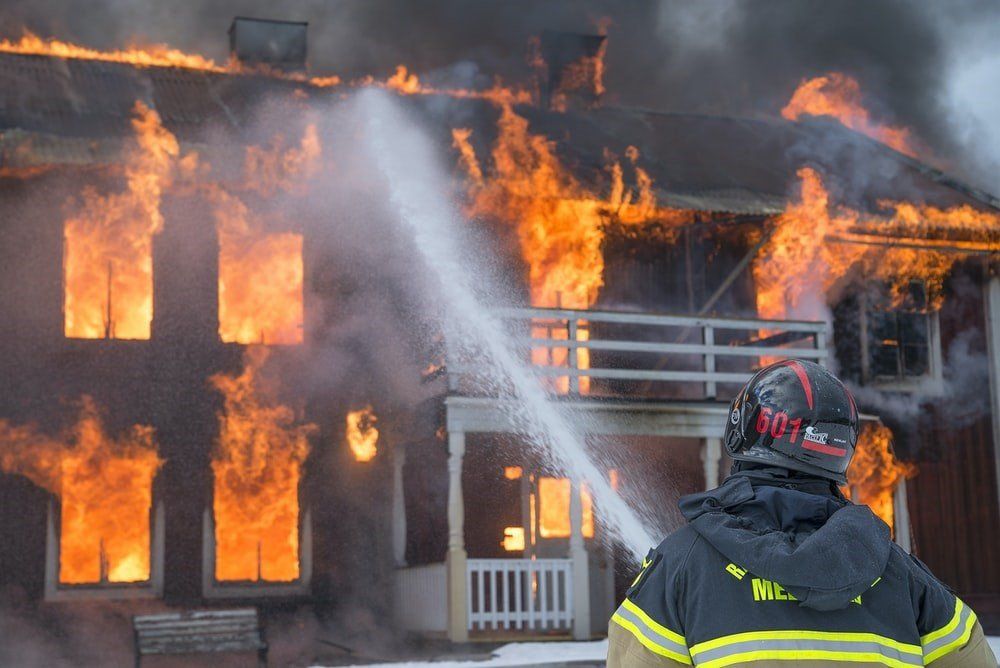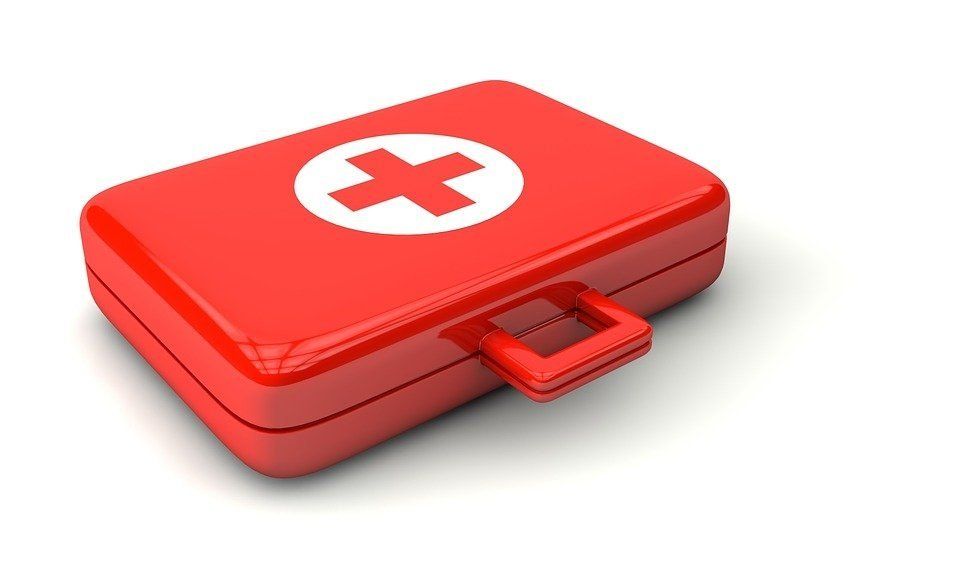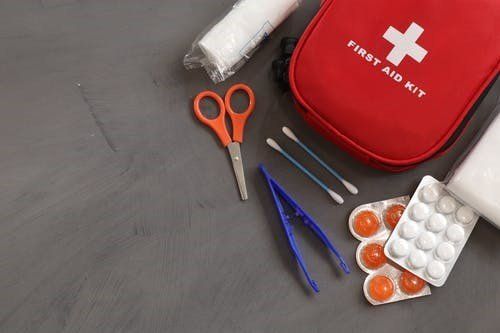Ways to Conduct a Hazard Assessment
Hazard assessment is a critical step towards ensuring the optimal well-being, health, and safety of employees. Here’s how it helps implement appropriate SOPs for workplace safety.
Risk assessment refers to a systematic management process that helps identify potential hazards to ensure the health and safety of employees and visitors. Some employers, as well as employees, are often not aware of the rules and regulations requirements for certain industries.
Whether you’re looking for ways to conduct a risk assessment or want to learn how you can implement control to avert hazards, read on to discover everything you might need to know.
Hazard Assessment 101
Different Types of Hazard Assessments
Several types of hazard assessments may be required within a workplace. They should be relevant and proportionate to the operational activities that are undertaken. For most businesses, there are specific DIRECT requirements in law to perform assessments e.g. an assessment for Workplace Violence and Harassment or Designated Substances assessment when particularly hazardous substances are used (Designated Substance Regulation).
Other common types of hazard assessments include fire risk, which implies that fire safety management tools and procedures are essential in all workplaces, including a sufficient and suitable fire risk assessment. Or a manual handling risk which involves assessing risk in workplaces where employees may be at a higher risk for severe injuries due to heavy lifting or moving loads.
Why Is Hazard Assessment Important?
Hazard assessment ensures the risks to the safety, health, and wellbeing of all employees and visitors are suitably reduced, controlled, or eliminated. The primary role of hazard assessments includes:
· Identifying and health or safety hazards while evaluating risks that may prevail within the workplace.
· Assessment and prioritization of the hazards i.e. working with an irritant dust (a low priority for control measures) is not the same as working with Asbestos (a high priority)
· Evaluating the suitability and effectiveness of pre-existing control measures, and implementing new ones as required i.e. by assigning appropriate people and dates to ensure actions happen
· Final evaluation of implemented control measures – especially with great timely attention on those hazards prioritized as “high” risk.
How to Carry Out Hazard Assessment?
Identifying Any Potential Risks
Identify who might be at risk of being harmed by the hazards while establishing all suitable precautions. You can get started by observing all tasks, activities, handling substances, or processes that could potentially harm anyone. Review of incident / accident reports, check manufacturers’ instructions, and Safety Data Sheets (SDS), consult with workers who carry out the activities and develop a JHA (Job Hazard Analysis).
Establish Risk Severity and Precautionary Measures
Ensure that everything reasonably practical is done to reduce the risk level and enhance health and safety by considering all factors that may be relevant, including:
· The likelihood of the harm occurring
· The severity of the harm that can occur
· Knowledge about reducing, controlling, or eliminating risks and hazards
· The risks associated with currently available control measures
Many factors affect the evaluation including the frequency and duration of exposure, the number of people affected, availability and type of equipment used and its condition, and availability of emergency support and first-aid provision. All aspects of evaluation include the training and competence of people involved e.g. you may have fire extinguishers for fire emergencies but do people know how and when to use them?
Hazard assessments are an integral part of ensuring the wellbeing, health, and safety of all workers. Get in touch with professional safety trainers at Premier Proactive Education (PPE) LTD to learn about ways to enhance workplace safety.
We offer an extensive range of safety training courses, including hazard assessment training, TSSA-Accredited CH-02 Propane safe handling, fire evacuation plans, CPO-Approved Working at Heights, WHMIS courses Newmarket, and Health & Safety Representative training, and more in Newmarket. Get in touch with our experts to learn more about conducting hazard assessments and implementing suitable SOPs to counter potential hazards.
Location
Office and Training Facility:
#12-580 Steven Crt.,
Newmarket, ON, L3Y 6Z2
Business Hours
Monday - Friday:
8:30am - 4:30pm
Saturday & Sunday:
By appointment












